16 Plants That Can Be Divided and Replanted in Autumn
Autumn is a great time to divide and replant certain plants in your garden. As the weather cools down, many perennials enter dormancy, making it the perfect opportunity to give them a fresh start. Dividing plants helps prevent overcrowding and encourages healthier growth in the coming seasons. It also allows you to spread your favorite plants across the garden or share them with others. In this article, we will highlight a variety of plants that can be divided and replanted in autumn.
This post may contain affiliate links, which helps keep this content free. Please read our disclosure for more info.
Daylilies
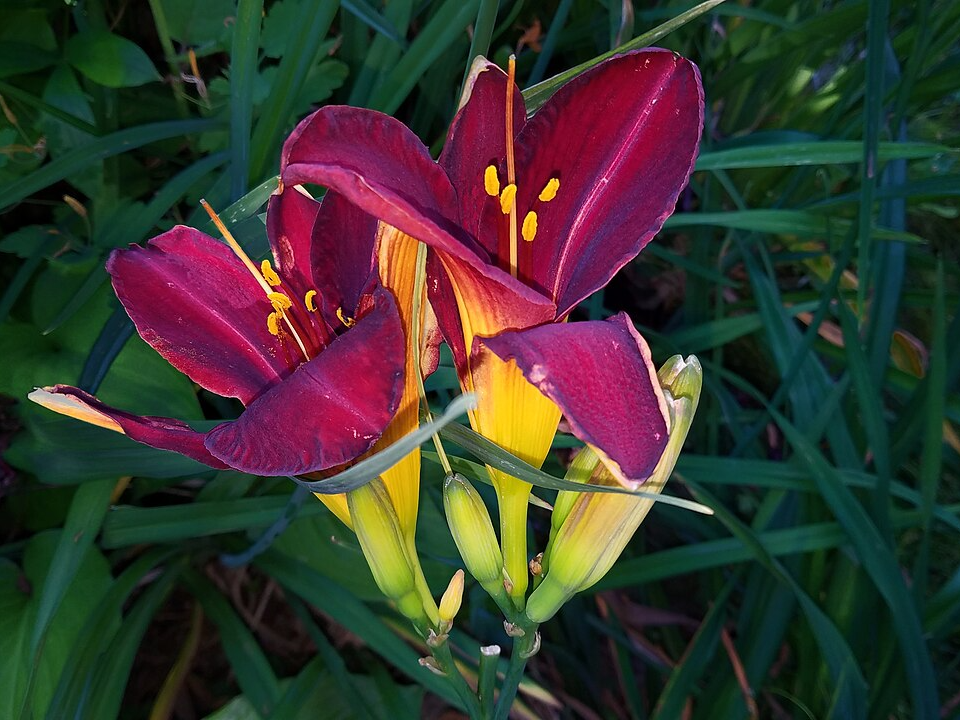
Daylilies are a great choice for dividing and replanting in autumn. They grow in clumps, and after a few years, they can become overcrowded, which affects their flowering. Autumn is the ideal time to divide them, as they are entering dormancy and will have time to establish their roots before the cold weather sets in. When dividing, carefully separate the clumps and plant each section in a well-drained area with plenty of sunlight.
These plants are hardy and thrive in various soil conditions. Daylilies are known for their vibrant flowers that bloom in the summer and are low-maintenance, making them a favorite among gardeners. By dividing and replanting them in autumn, you can encourage more blooms in the following season. Just ensure the soil is rich in nutrients and keep the plants well-watered during their establishment.
Hostas
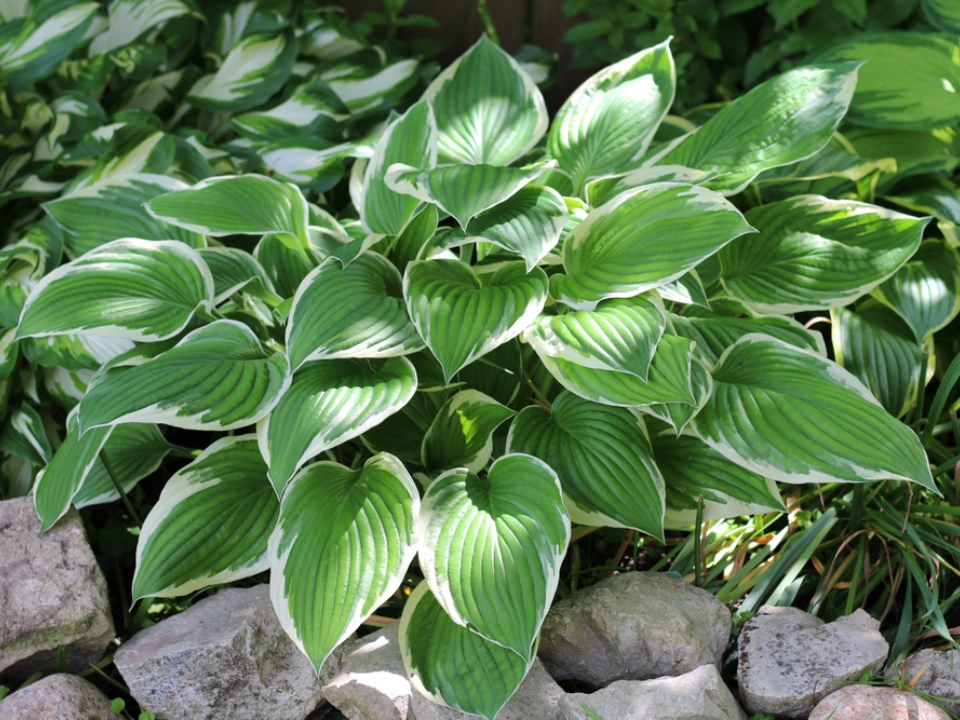
Hostas are a popular choice for shade gardens and are easy to divide and replant in autumn. These plants naturally form large clumps that can become too dense over time. Dividing them in autumn allows them to adjust to their new location during the cooler months and ensures healthier growth in the spring. Simply dig up the entire clump, separate the roots, and replant them in new spots that offer partial to full shade.
One of the best things about hostas is their ability to thrive in a variety of soil types, as long as the area remains moist. These plants also come in a wide range of colors and sizes, making them versatile additions to any garden. Dividing and replanting hostas is an easy way to rejuvenate the plant and spread its beauty across your garden. Be sure to water them well after transplanting to help them settle into their new home.
Bearded Irises
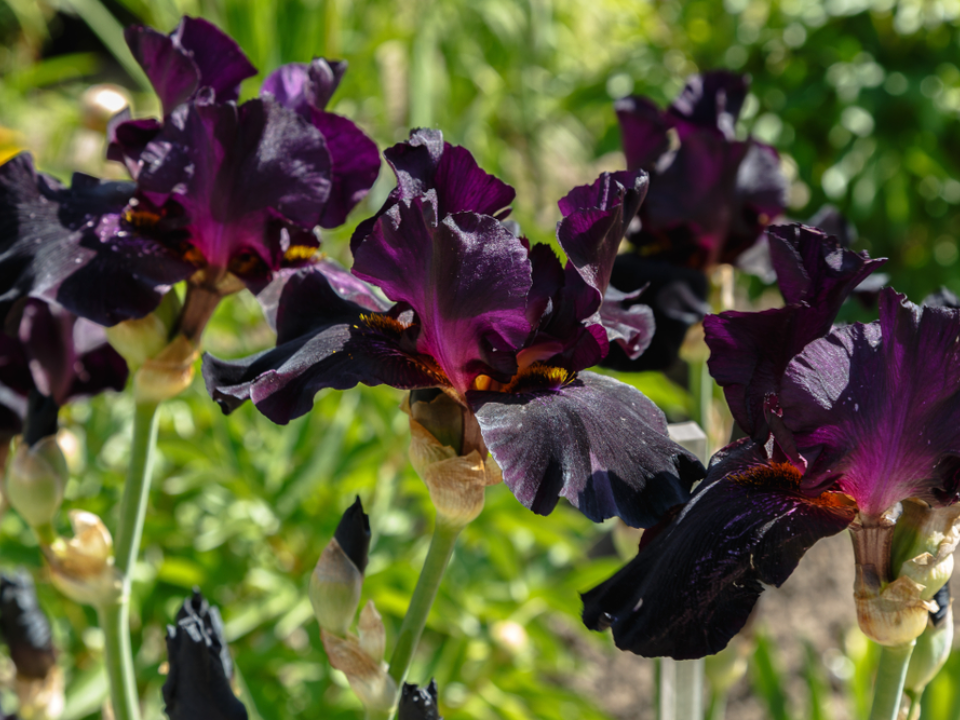
Bearded irises are perfect for division and replanting during autumn. They tend to become crowded after a few years, which results in fewer flowers. Autumn provides a great opportunity to divide the rhizomes before the first frost. Dig up the rhizomes, cut them into sections with a clean knife, and make sure each division has at least one healthy eye. Replant the sections in well-drained soil that gets plenty of sunlight.
These plants are known for their striking flowers and unique fragrance. By dividing and replanting them in autumn, you encourage better air circulation around the roots, which helps prevent disease. Ensure that the rhizomes are planted so that the tops are slightly above the soil surface, as they prefer to be shallow-rooted. Bearded irises will reward you with vibrant blooms the following spring.
Peonies
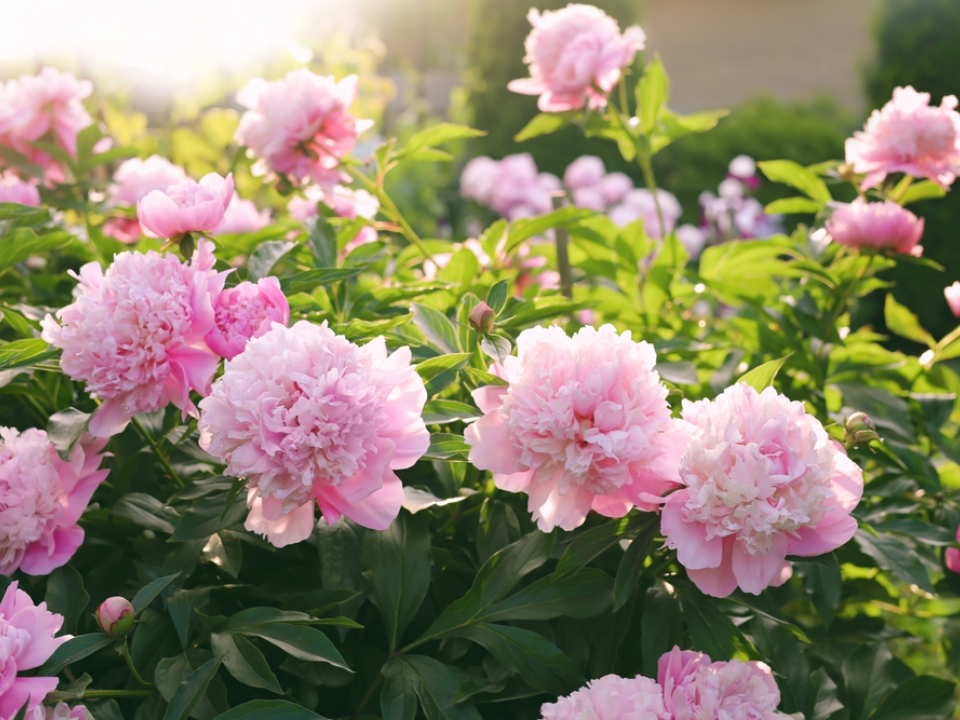
Peonies are another plant that benefits from division in autumn. These perennials can live for many years, but over time, they may become overcrowded. Autumn is the best time to divide and replant peonies to encourage better growth and more vibrant blooms. Dig up the peony clump carefully, separate the roots, and make sure that each division has at least three to five eyes. Replant them in a sunny location with rich, well-drained soil.
Peonies are well-known for their large, fragrant flowers that bloom in late spring and early summer. They require minimal care once established and are resistant to pests and diseases. Dividing peonies in autumn helps them re-establish their roots before winter, allowing them to perform even better in the next growing season. Keep the soil evenly moist after replanting to promote healthy growth.
Sedum (Autumn Joy)
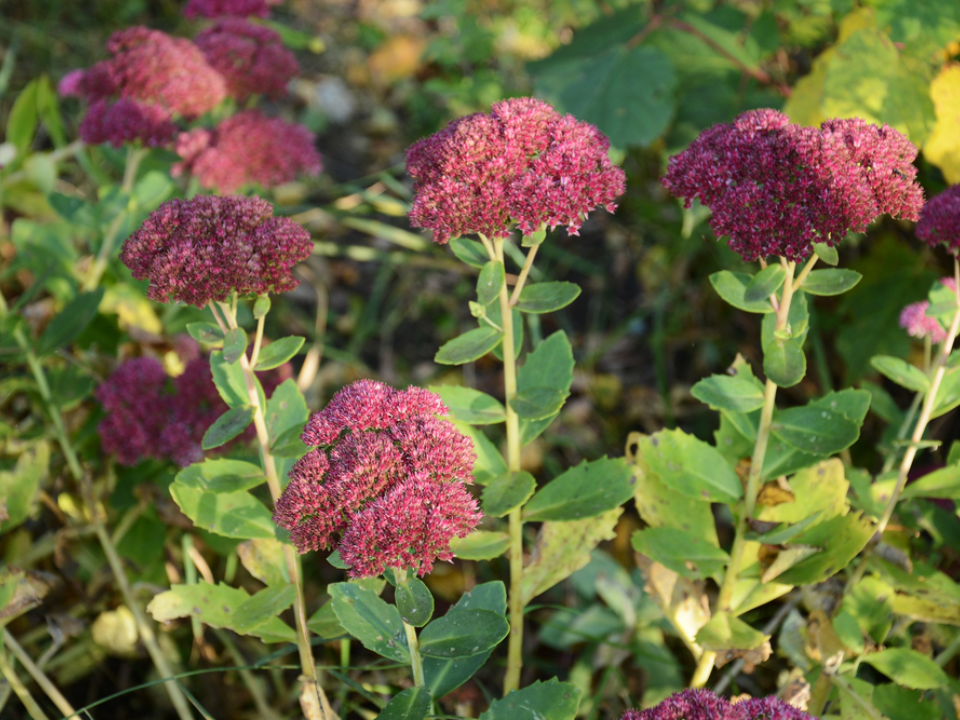
Sedum, particularly the Autumn Joy variety, thrives when divided and replanted in autumn. This hardy perennial forms dense clumps that can easily be divided as the plant starts to die back for the season. Autumn is the best time to divide sedum, as it allows the divisions to take root before the frost arrives. Simply cut the plant into smaller sections, ensuring each one has roots, and plant them in a sunny spot with well-drained soil.
Sedum is a low-maintenance plant that blooms late in the season, providing a burst of color when many other plants are finished blooming. It is also drought-tolerant, making it ideal for dry areas of the garden. By dividing and replanting sedum in autumn, you help the plant grow more vigorously and encourage even more flowers in the next season. This plant’s thick, succulent leaves store water, so be cautious not to overwater after transplanting.
Shasta Daisy
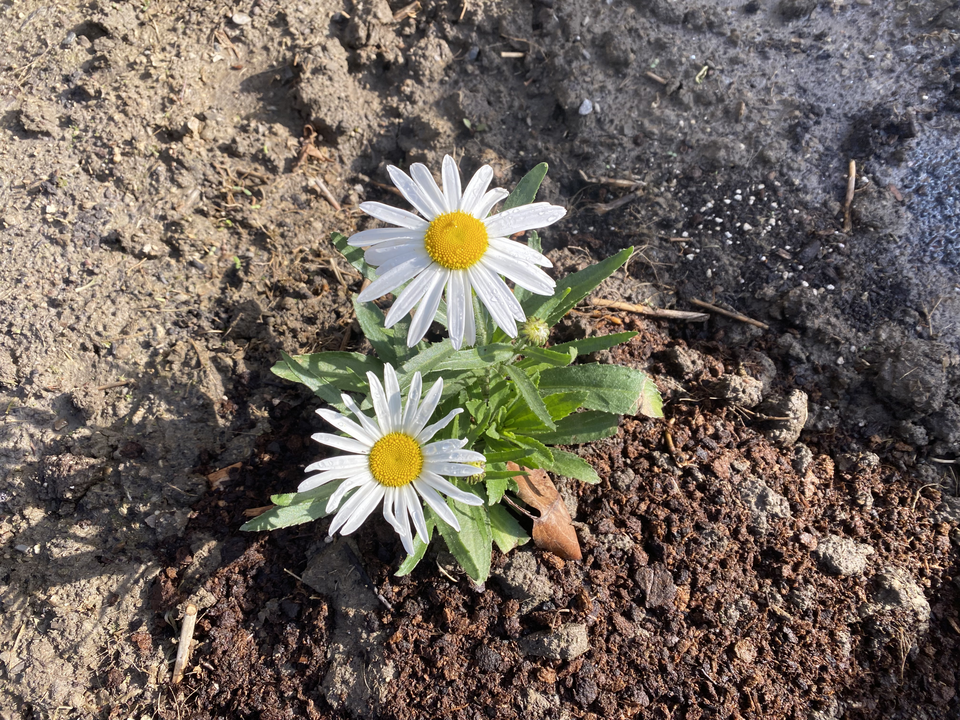
Shasta daisies are an excellent choice for division in autumn. These plants tend to get larger each year, and dividing them helps maintain their health and appearance. Autumn is the best time to divide Shasta daisies since they can focus on root establishment before the colder months. Carefully dig up the clump and separate it into smaller sections, ensuring each section has a healthy root system. Replant them in full sun with fertile, well-drained soil.
These daisies are loved for their bright white flowers with yellow centers, making them a cheerful addition to any garden. By dividing and replanting them in autumn, you give them the chance to spread and create a more beautiful display the next year. Shasta daisies are low-maintenance, but they do benefit from regular watering, especially during dry periods.
Black-eyed Susans
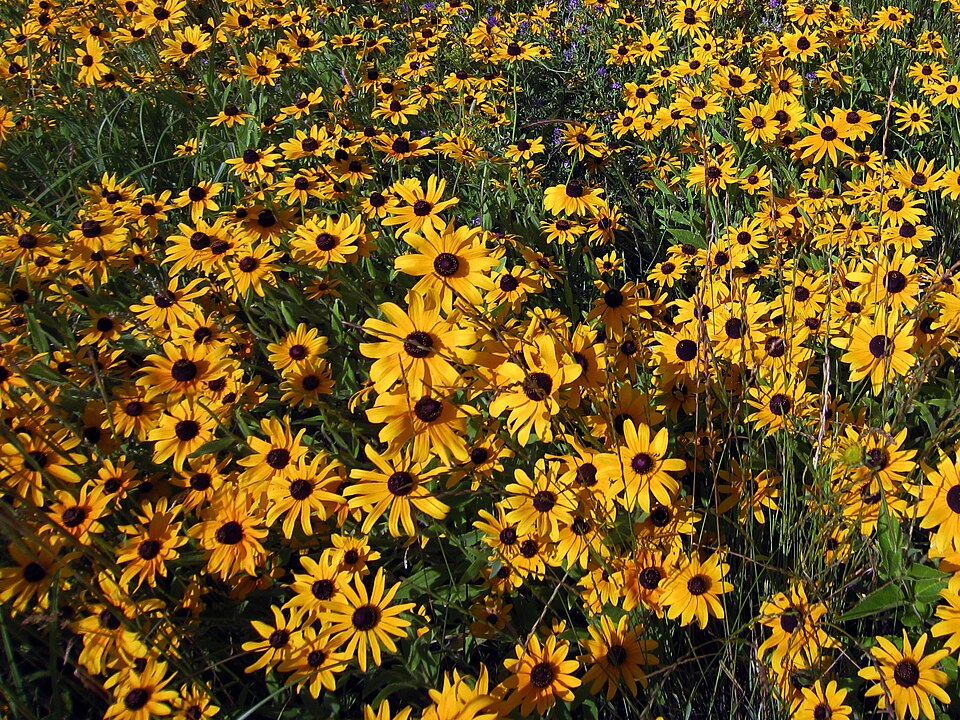
Black-eyed Susans are resilient plants that thrive when divided and replanted in autumn. These flowers tend to spread rapidly, and dividing them helps to keep them from becoming overcrowded. Autumn is the ideal time to divide the clumps as the plants are entering dormancy. Simply dig up the plant, separate the roots, and replant the divisions in a sunny spot with well-drained soil.
Known for their bright yellow petals and dark centers, black-eyed Susans are a favorite among gardeners. These plants attract pollinators, especially butterflies, making them an excellent choice for creating a lively garden. Dividing them in autumn encourages a stronger root system and helps them maintain their vigor through the winter months. Be sure to water the plants well after replanting to help them settle into their new homes.
Astilbes
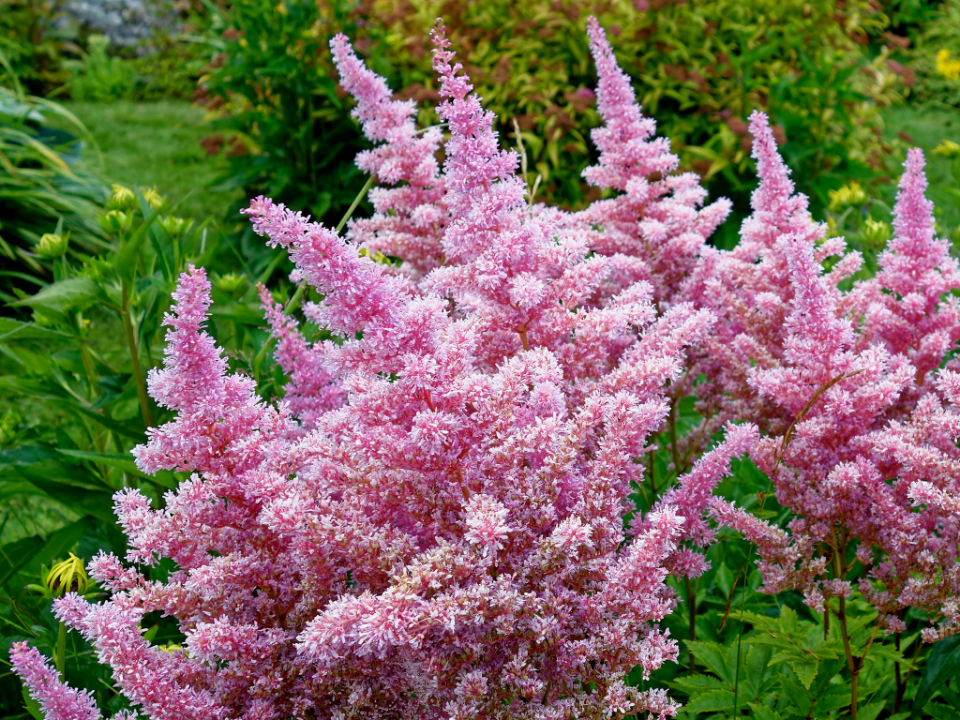
Astilbes are ideal for division in autumn, especially as they start to mature and form dense clumps. The plant tends to become crowded after several years, which can affect its flowering. Autumn provides an excellent window for dividing astilbes, as it allows the divisions to settle into their new spots before the ground freezes. Dig up the clump, separate it into smaller sections, and ensure each division has a strong root system. Replant them in a location that provides partial to full shade and moist, well-drained soil.
Astilbes are known for their feathery flowers that bloom in a variety of colors, including red, pink, and white. They thrive in moist conditions and are perfect for adding texture to shaded garden areas. By dividing and replanting astilbes in autumn, you help the plant grow more vigorously and prevent disease by improving air circulation. Make sure the divisions are planted in a way that the crown is just above the soil level.
Ferns
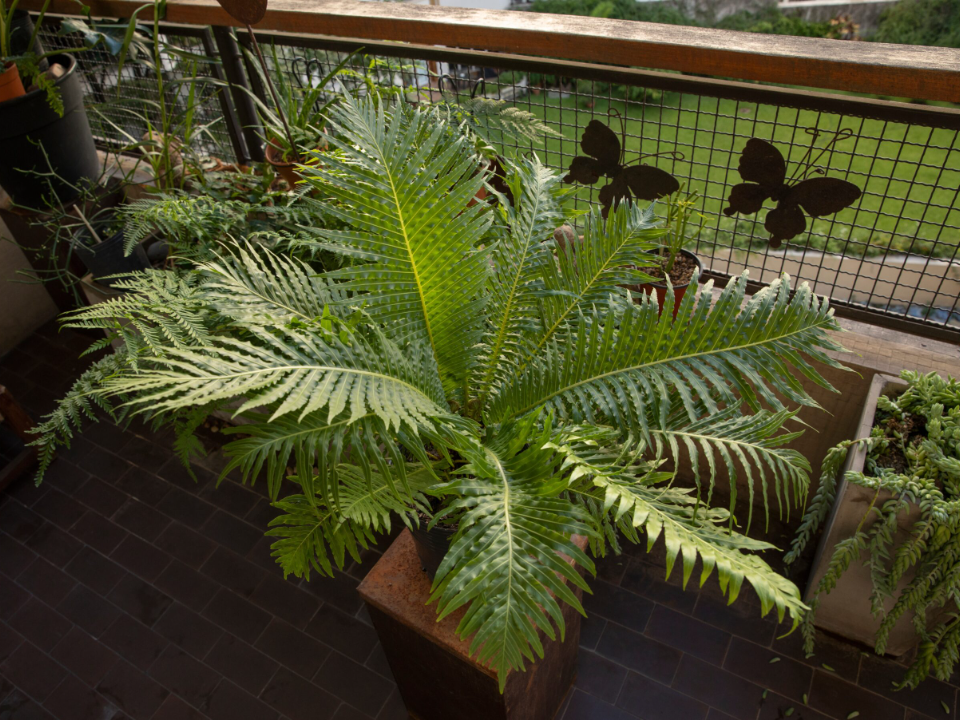
Many types of ferns can be divided and replanted in autumn, especially as they start to die back for the season. This is a great time to divide ferns, as it allows the plant to go dormant in its new location before winter. When dividing, carefully separate the fern’s roots and replant them in a well-shaded spot with moist, well-drained soil.
Ferns are known for their delicate, lacy fronds and their ability to thrive in shady, humid environments. By dividing and replanting ferns in autumn, you give them the chance to establish strong root systems before the cold months. This ensures healthy growth and vibrant greenery the following year. Keep the soil moist, but avoid overwatering, as ferns do not like to sit in waterlogged soil.
Lupines
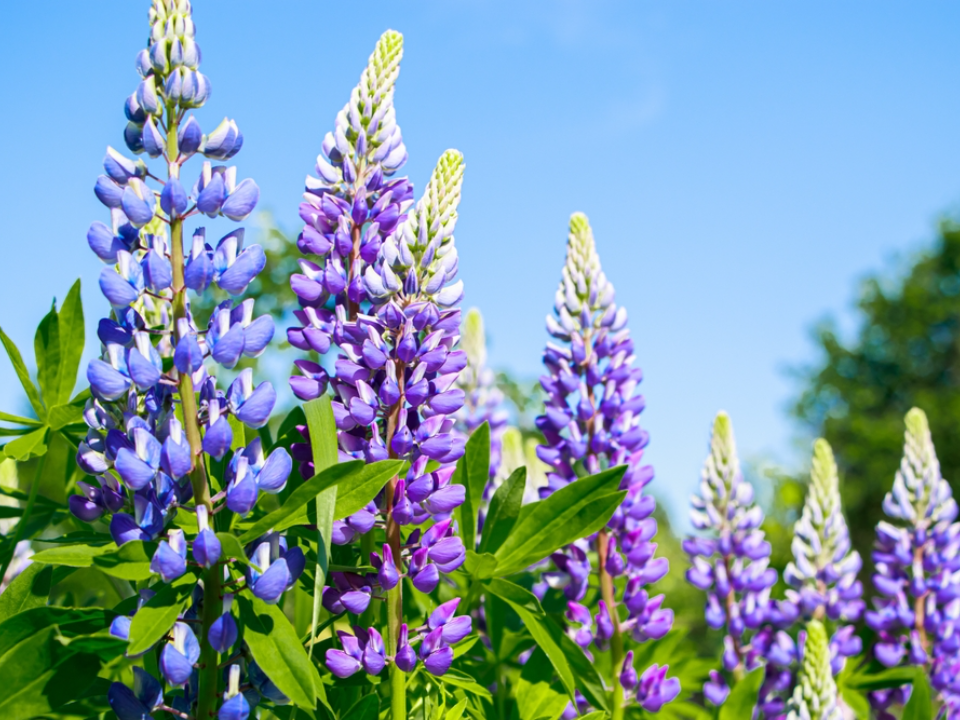
Lupines are an excellent choice for division in autumn. These plants can become overcrowded after several years, which can affect their overall health and flowering. Autumn is the perfect time to divide lupines, as they are entering dormancy and will have time to establish roots before the cold weather. Carefully dig up the clump, divide it into smaller sections, and replant them in a sunny spot with well-drained soil.
Lupines are known for their tall spires of colorful flowers, ranging from purple and blue to pink and white. They attract pollinators, including bees and butterflies, making them a great addition to any garden. By dividing and replanting lupines in autumn, you give them the opportunity to grow stronger and bloom more prolifically the next season. Ensure the soil is consistently moist to keep the plants thriving after replanting.
Solomon’s Seal
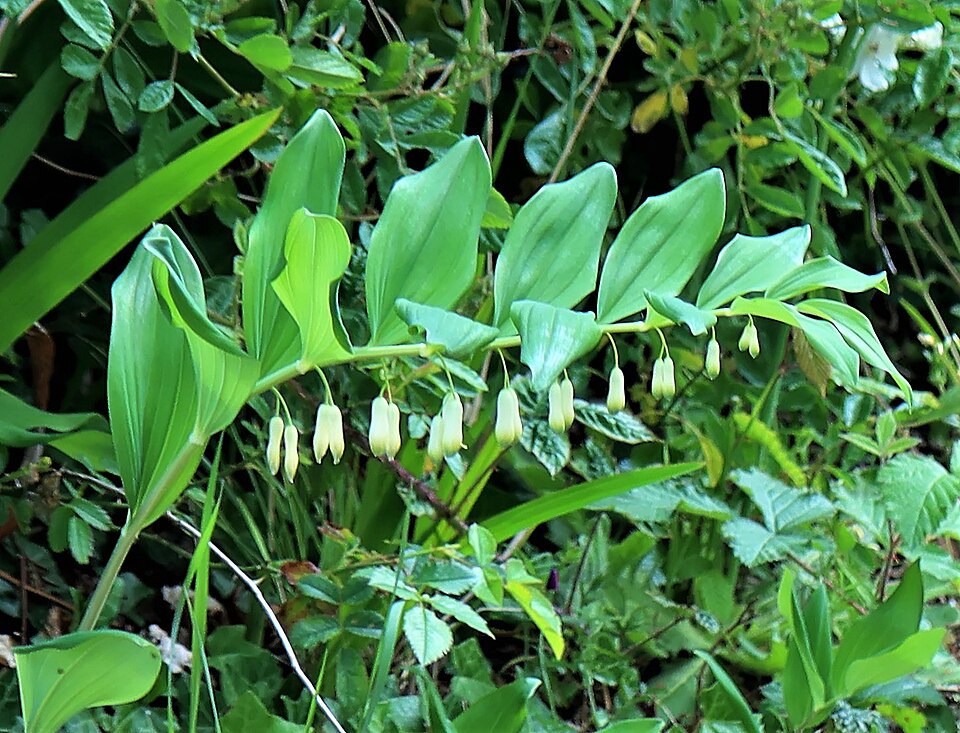
Solomon’s Seal is a graceful perennial that can be divided and replanted in autumn. This plant produces arching stems and delicate white flowers that bloom in the spring. Over time, Solomon’s Seal can become crowded, so dividing it in autumn ensures healthier growth and better flowering in the following year. Carefully dig up the root clumps and divide them into sections, replanting each division in a shady, moist location.
Solomon’s Seal prefers well-drained, humus-rich soil and is an excellent choice for shady gardens. The plant has a slow growth habit, but with proper division, it can thrive in different areas of the garden. By dividing and replanting it in autumn, you encourage healthier foliage and vibrant flowers come spring. Keep the soil moist, but avoid overwatering, as the plant prefers slightly dry conditions between waterings.
Phlox
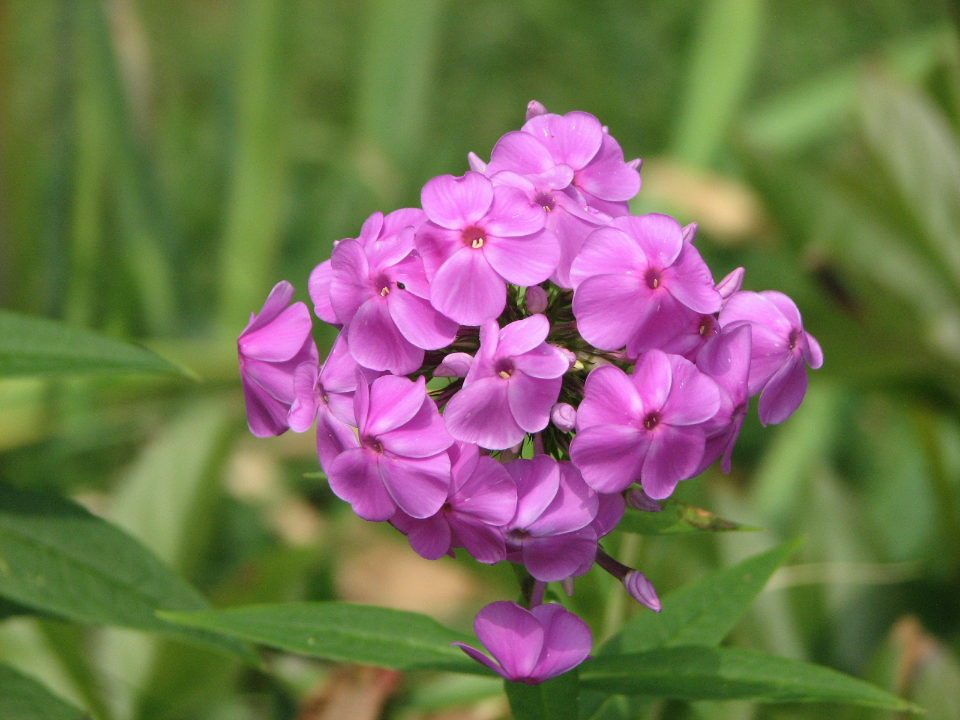
Phlox plants are another good option for division and replanting in autumn. These perennial flowers can become overcrowded after a few years, which impacts their health and flowering potential. Autumn is the best time to divide them, as it allows the plant to focus on root development before the cold sets in. Dig up the clump, divide it carefully into smaller sections, and replant each division in a sunny location with well-drained soil.
Phlox is known for its vibrant, star-shaped flowers that bloom in late summer to early autumn. It attracts a variety of pollinators, making it a valuable plant in a garden. By dividing and replanting phlox in autumn, you encourage healthier growth and a more impressive display of flowers the following year. Be sure to water the plants well after replanting to help them establish their roots.
Coral Bells (Heuchera)
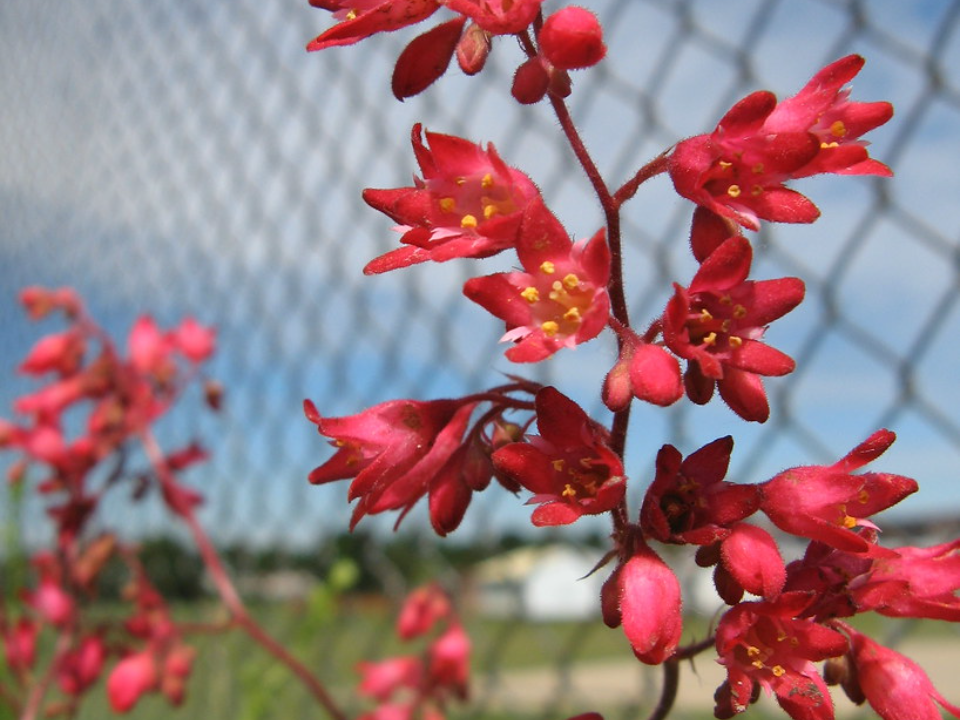
Coral bells, or Heuchera, are perfect for division in autumn. These plants form dense clumps of colorful foliage and small, bell-shaped flowers. When they become too crowded, dividing them in autumn can reinvigorate the plant and encourage better growth in the following season. Simply dig up the plant, divide the root clump, and replant the sections in a spot with partial shade and well-drained soil.
Heuchera is valued for its stunning foliage that can range in colors from deep purple to lime green. It thrives in well-drained, slightly acidic soil and is tolerant of a variety of soil types. Dividing the plant in autumn ensures it will continue to produce vibrant foliage and delicate flowers in the spring. After replanting, ensure the soil stays moderately moist to encourage healthy root development.
Lamb’s Ear (Stachys byzantina)
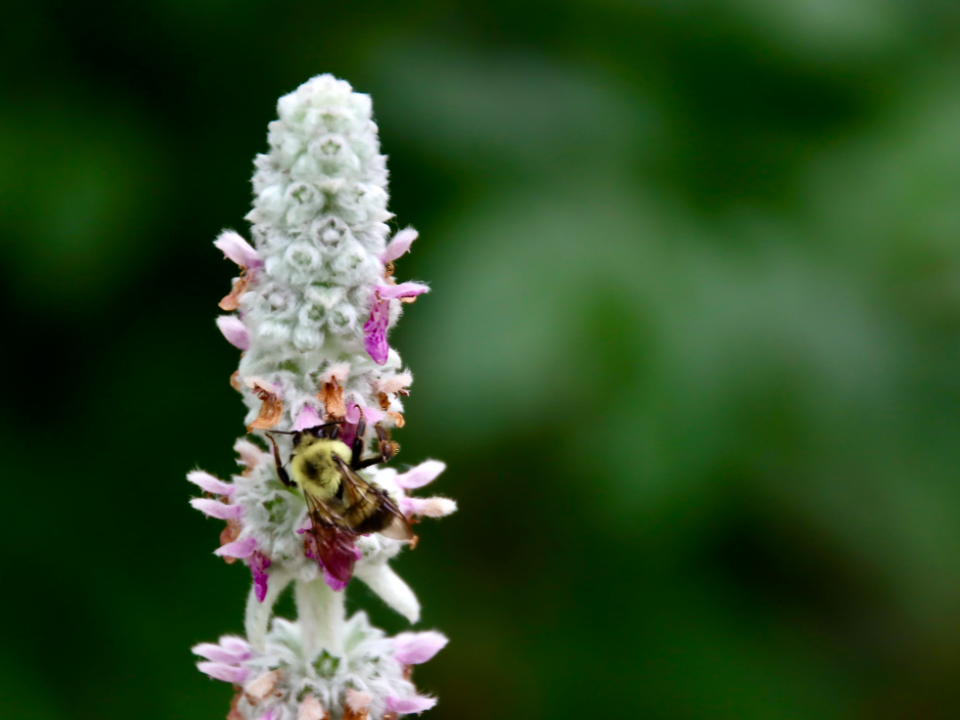
Lamb’s Ear is another plant that benefits from division in autumn. Known for its soft, woolly leaves, this plant forms dense clumps that may become overcrowded over time. Dividing and replanting them in autumn ensures the plant has time to establish its roots before the winter frost sets in. Gently dig up the clump, separate the roots, and replant them in a well-drained area with full sun or partial shade.
This plant is valued for its unique, silvery foliage and its ability to thrive in various soil types. Lamb’s Ear is a low-maintenance perennial that does well in dry, poor soils. Dividing it in autumn promotes healthier growth and keeps the plant from becoming too invasive. After replanting, water it well to help it settle into its new home, but make sure not to overwater as the plant is drought-tolerant.
Lavender
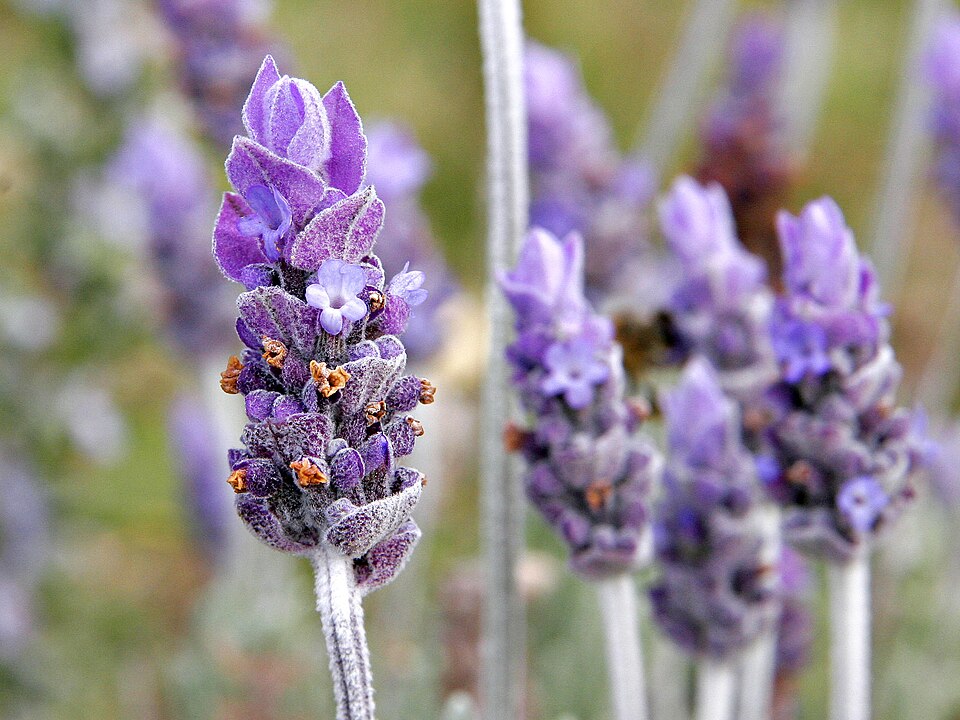
Lavender is a great choice for division in autumn. This aromatic herb tends to become woody and overcrowded with age, reducing its ability to produce fragrant flowers. Autumn is the ideal time to divide lavender plants, as they can focus on root development before the first frost. Dig up the plant, divide it into smaller sections, and replant them in a sunny, well-drained spot with neutral to slightly alkaline soil.
Lavender is cherished for its fragrant flowers, which are often used in perfumes, oils, and sachets. It thrives in hot, dry conditions and requires minimal care once established. By dividing lavender in autumn, you help refresh the plant and promote more vigorous growth in the spring. After replanting, make sure the soil is slightly dry, as lavender does not like soggy conditions.
Bee Balm (Monarda)
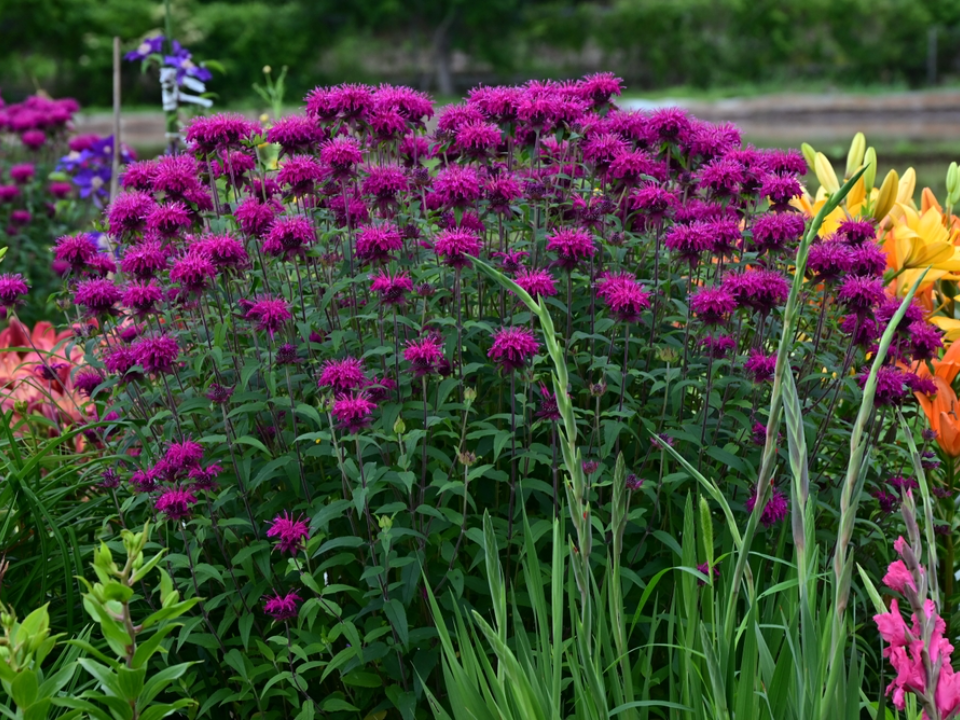
Bee Balm, or Monarda, is perfect for division in autumn. It tends to spread quickly, and over time, the plants can become too crowded. Dividing them in autumn allows the plant to focus on establishing a strong root system before winter. Gently dig up the clump, separate the plants into smaller sections, and replant them in a sunny location with well-drained soil.
Bee Balm is known for its aromatic leaves and vibrant flowers, which come in shades of red, pink, and purple. It is a favorite among pollinators, especially bees and hummingbirds. By dividing and replanting bee balm in autumn, you encourage more flowers and stronger growth for the next season. Make sure to keep the soil evenly moist during the replanting process, but avoid overwatering.
This article originally appeared on Avocadu.
